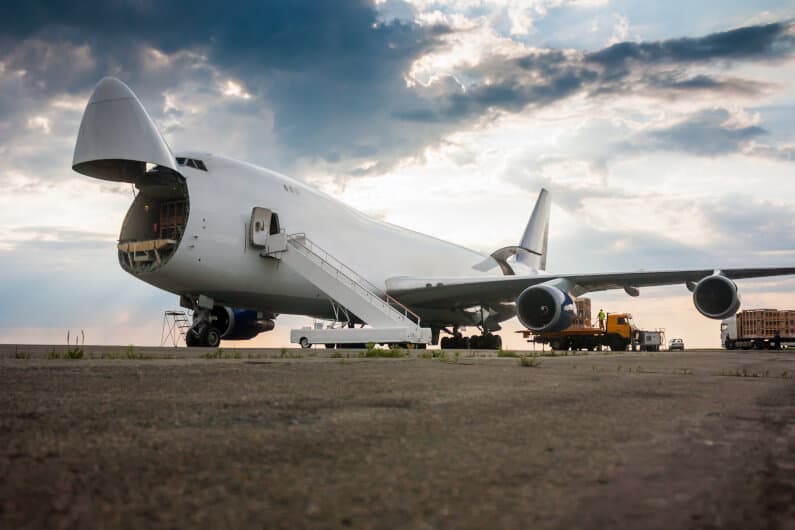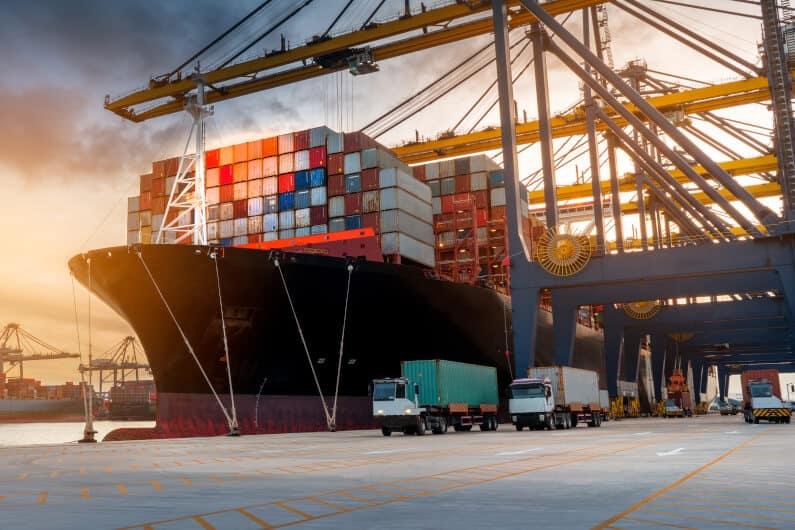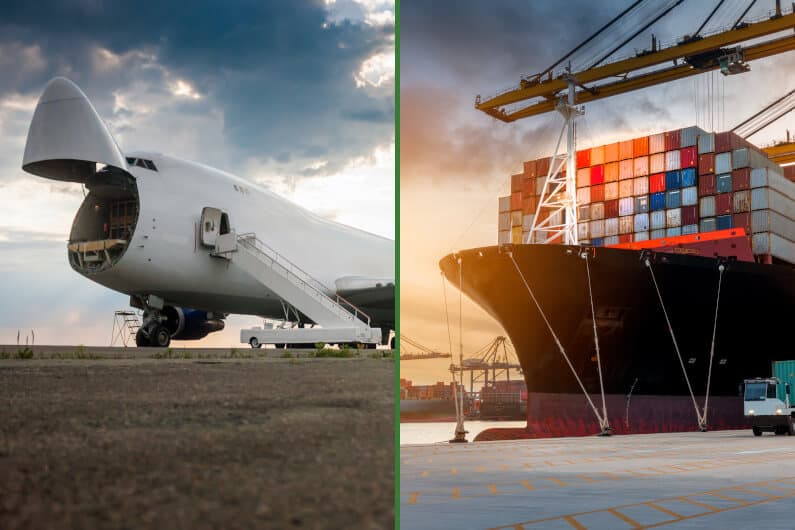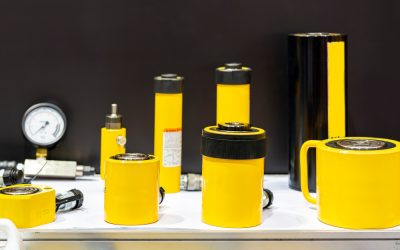In our modern, globalized economy, it’s common knowledge that overseas manufacturing is often a huge cost saver. Factories in India, China, and other parts of Asia can produce high-quality goods at extremely competitive rates. But when considering your overseas manufacturing and shipping logistics, it’s critical to figure out exactly how those goods will get to where they need to go.
Air freight and Sea Freight offer different pros and cons when shipping different types of cargo. In this article, we’ll unpack those differences and examine which shipping method is best for you.
Table of Contents
What is Air Freight?

Air freight is simply the transportation of goods by aircraft. Products may be flown to their destination on regular passenger flights or on dedicated cargo planes. Currently, air freight is the fastest, safest way to get goods from one continent to another.
Air cargo is either classified as general cargo or special cargo. Regular goods that don’t require special conditions are shipped via general air cargo. Special air cargo takes additional care (sometimes utilizing temperature or humidity controlled containers or special packaging) for the transport of sensitive goods.
What is Sea Freight?

Sea Freight is the transportation of goods by commercial ocean vessels. It’s the most common method of transporting goods from one location to another — particularly in international trade.
When using sea freight, products are packed into intermodal containers and transported by cargo carriers. These goods can be shipped as Full Container Loads (FCL) or Less-than Container Loads (LCL) depending on whether the buyer wishes to purchase an entire or partial container.
Air Freight vs. Sea Freight: How do They Compare?

When considering whether air freight or sea freight is appropriate for your needs, think about your timeline, type of cargo, amount of cargo, budget, security requirements, and environmental impact.
1) Timeline
Air freight is faster than sea freight. When you ship by air, transport usually takes no more than 2-4 days.
Ocean freight travels far more slowly — often shipping time is measured in weeks or months rather than days. Since the start of the pandemic, ocean lead times have become even longer. This can affect the quality of the products being shipped, as staying in ocean conditions can damage certain goods.
2) Type of Cargo
Because of the shorter travel time, air freight is the best choice for shipping goods that have a limited shelf life, which could include food, perishables, pharmaceutical drugs, or other items of that nature.
Sea freight is better for large or abnormally shaped goods. It’s also better suited to transport sturdier goods that can withstand conditions at sea.
3) Amount of Cargo
Sea freight offers more capacity for shipping. High-volume orders or excessively large items do well being shipped by sea.
Conversely, small volumes of more delicate products fare better as air freight.
4) Budget
Because of the quick turnaround and rapid shipping times, air freight is the more expensive shipping option. Sea freight is less expensive. If you choose to ship your goods with other products in an LCL it can be even more cost-effective.
5) Security
Air freight is generally considered more secure than sea freight. Airports have thorough security measures that guard against intruders and theft. For all these reasons, usually small-volume goods of higher value are sent as air cargo.
6) Environmental Impact
Many businesses (and customers) value a lower environmental impact. It is worth noting that shipping via ocean freight is more environmentally friendly and has a significantly smaller carbon footprint (fewer Co2 emissions) than shipping via air freight.
Deciding Whether Air Freight or Sea Freight is Right for You

Depending on your budget, cargo, timeline, and shipping needs, you should be able to narrow down which method of shipping best suits your company. But shipping is not an all-or-nothing decision. Sometimes your business is best served by utilizing a mix of both methods.
For example, perhaps the urgency of a project requires a buyer to order one pallet of aluminum parts from India by air freight, but the additional two pallets may be shipped by sea freight in order to save on costs. Combinations like this allow you to obtain a small amount of immediate inventory while still staying within budget.
Have Questions About Your Shipment With Gabrian International?
Gabrian connects you with quality international manufacturers and can offer support as you make decisions about your shipping process. Reach out to discuss your project needs with Gabrian International today.



